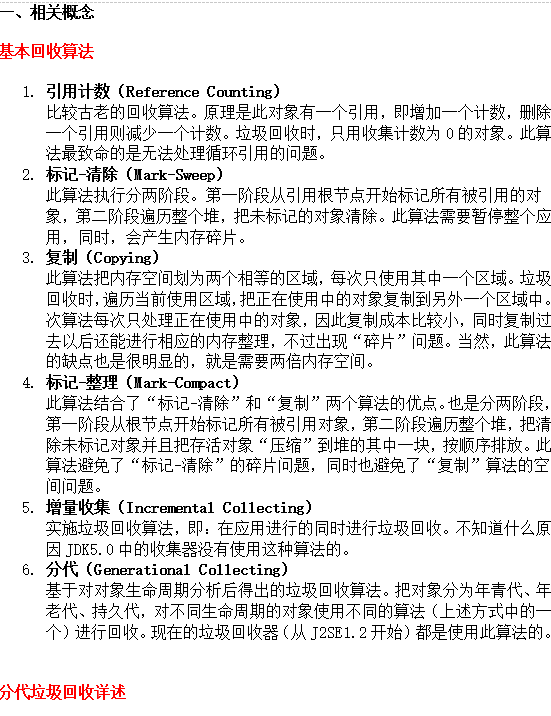
前端框架与后端API交互安全规范及最佳实践详解
作为一名在前端领域摸爬滚打多年的开发者,我深知API安全的重要性。记得刚入行时,我曾在一次项目中因为忽略了API安全,导致用户数据泄露,那次的教训让我至今记忆犹新。今天,我将结合自己的实战经验,为大家详细解析前端与后端API交互的安全规范和最佳实践。
一、认证与授权机制
认证和授权是API安全的第一道防线。在实际项目中,我推荐使用JWT(JSON Web Token)作为认证方案。
JWT实战配置:
// 前端登录请求示例
async function login(username, password) {
try {
const response = await fetch('/api/auth/login', {
method: 'POST',
headers: {
'Content-Type': 'application/json',
},
body: JSON.stringify({ username, password })
});
const data = await response.json();
if (data.token) {
// 安全存储token
localStorage.setItem('auth_token', data.token);
return true;
}
} catch (error) {
console.error('登录失败:', error);
}
return false;
}
踩坑提醒:千万不要将敏感信息存储在JWT的payload中,因为JWT可以被解码(虽然不能修改)。我曾经犯过这个错误,把用户权限信息直接放在payload里,结果被恶意用户利用。
二、HTTPS强制使用
在生产环境中,必须使用HTTPS。我曾在测试环境忘记配置HTTPS,导致用户密码在传输过程中被截获。
// 开发环境检查HTTPS
if (process.env.NODE_ENV === 'production' &&
window.location.protocol !== 'https:') {
window.location.href = window.location.href.replace('http:', 'https:');
}
三、输入验证与数据清理
前端验证是为了用户体验,后端验证是为了安全。两者缺一不可!
// 前端输入验证示例
function validateUserInput(input) {
// 清理HTML标签
const cleanInput = input.replace(/)<[^<]*)*/gi, '');
// 验证长度
if (cleanInput.length < 1 || cleanInput.length > 255) {
throw new Error('输入长度不符合要求');
}
return cleanInput;
}
// API请求时的数据清理
async function updateUserProfile(userData) {
const sanitizedData = {
name: validateUserInput(userData.name),
email: validateEmail(userData.email), // 邮箱格式验证
bio: validateUserInput(userData.bio)
};
return await fetch('/api/user/profile', {
method: 'PUT',
headers: {
'Authorization': `Bearer ${getToken()}`,
'Content-Type': 'application/json'
},
body: JSON.stringify(sanitizedData)
});
}
四、CSRF防护实践
CSRF攻击很容易被忽视,但危害极大。我推荐使用SameSite Cookie和CSRF Token双重防护。
// CSRF Token实现
class CSRFProtection {
constructor() {
this.token = this.generateToken();
}
generateToken() {
return Math.random().toString(36).substring(2) +
Date.now().toString(36);
}
// 在所有修改请求中携带token
async protectedFetch(url, options = {}) {
const headers = {
'X-CSRF-Token': this.token,
...options.headers
};
return await fetch(url, {
...options,
headers
});
}
}
五、API限流与频率控制
防止API被恶意刷取是保护系统的重要手段。我在项目中实现了客户端限流:
class RateLimiter {
constructor(maxRequests, timeWindow) {
this.maxRequests = maxRequests;
this.timeWindow = timeWindow;
this.requests = [];
}
canMakeRequest() {
const now = Date.now();
// 清理过期记录
this.requests = this.requests.filter(
timestamp => now - timestamp < this.timeWindow
);
if (this.requests.length >= this.maxRequests) {
return false;
}
this.requests.push(now);
return true;
}
async makeRequest(url, options) {
if (!this.canMakeRequest()) {
throw new Error('请求频率过高,请稍后重试');
}
return await fetch(url, options);
}
}
// 使用示例:每分钟最多10次请求
const apiLimiter = new RateLimiter(10, 60000);
六、错误处理与信息泄露防护
错误信息泄露是常见的安全漏洞。我吃过这个亏,现在格外小心:
// 安全的错误处理
async function safeApiCall(apiFunction, ...args) {
try {
const result = await apiFunction(...args);
return { success: true, data: result };
} catch (error) {
// 不向用户暴露具体错误信息
console.error('API调用错误:', error);
// 统一的错误响应
if (error.status === 401) {
// 跳转到登录页
window.location.href = '/login';
}
return {
success: false,
message: '操作失败,请稍后重试'
};
}
}
七、请求签名与防重放攻击
对于敏感操作,我建议使用请求签名来防止请求被篡改和重放:
class RequestSigner {
constructor(secretKey) {
this.secretKey = secretKey;
}
signRequest(method, url, body, timestamp) {
const data = `${method}${url}${JSON.stringify(body)}${timestamp}`;
const signature = CryptoJS.HmacSHA256(data, this.secretKey)
.toString(CryptoJS.enc.Hex);
return signature;
}
async sendSignedRequest(url, options = {}) {
const timestamp = Date.now();
const signature = this.signRequest(
options.method || 'GET',
url,
options.body || {},
timestamp
);
const headers = {
'X-Signature': signature,
'X-Timestamp': timestamp.toString(),
...options.headers
};
return await fetch(url, {
...options,
headers
});
}
}
八、安全头部配置
合理配置安全头部能有效防止多种攻击:
通过以上这些实践,我在最近的项目中成功防御了多次安全攻击。记住,安全不是一次性的工作,而是需要持续关注和改进的过程。希望我的这些经验能够帮助大家构建更安全的前后端交互系统!
1. 本站所有资源来源于用户上传和网络,如有侵权请邮件联系站长!
2. 分享目的仅供大家学习和交流,您必须在下载后24小时内删除!
3. 不得使用于非法商业用途,不得违反国家法律。否则后果自负!
4. 本站提供的源码、模板、插件等等其他资源,都不包含技术服务请大家谅解!
5. 如有链接无法下载、失效或广告,请联系管理员处理!
6. 本站资源售价只是赞助,收取费用仅维持本站的日常运营所需!
源码库 » 前端框架与后端API交互安全规范及最佳实践详解
2. 分享目的仅供大家学习和交流,您必须在下载后24小时内删除!
3. 不得使用于非法商业用途,不得违反国家法律。否则后果自负!
4. 本站提供的源码、模板、插件等等其他资源,都不包含技术服务请大家谅解!
5. 如有链接无法下载、失效或广告,请联系管理员处理!
6. 本站资源售价只是赞助,收取费用仅维持本站的日常运营所需!
源码库 » 前端框架与后端API交互安全规范及最佳实践详解





